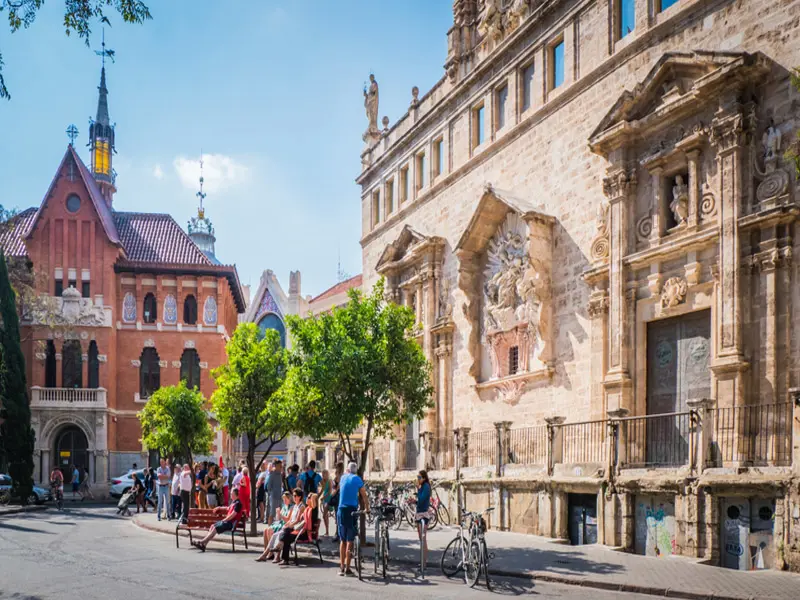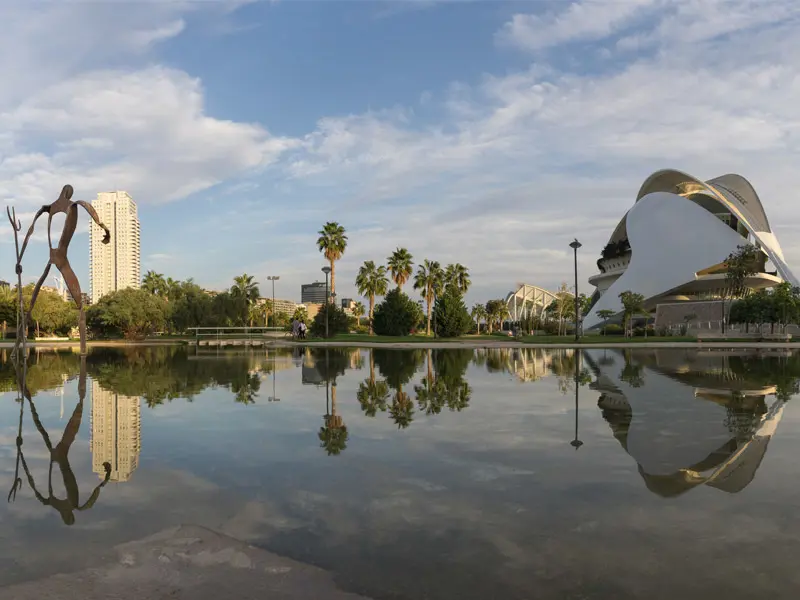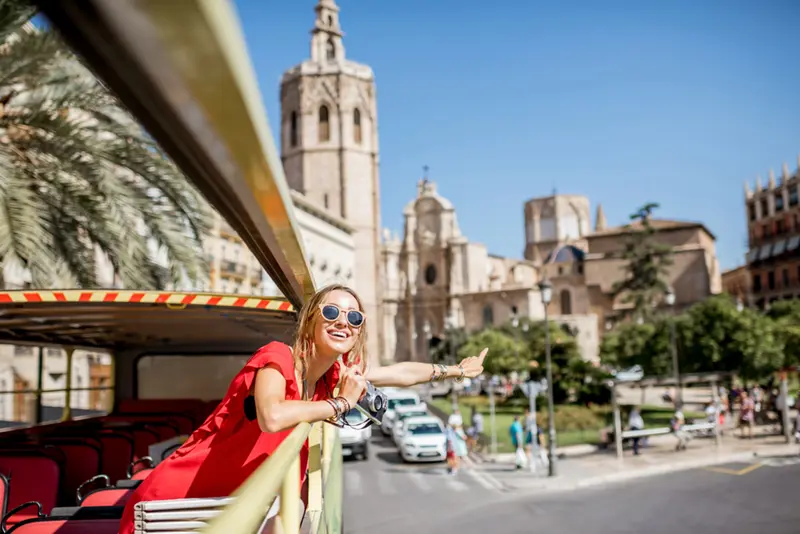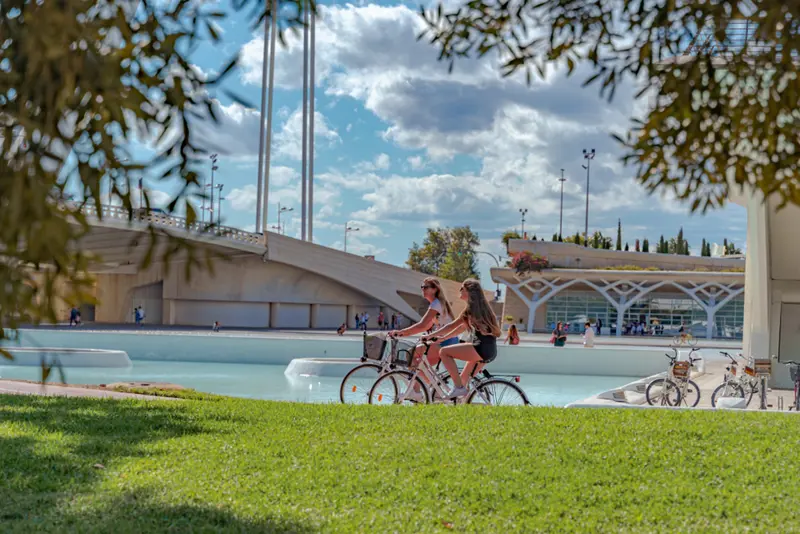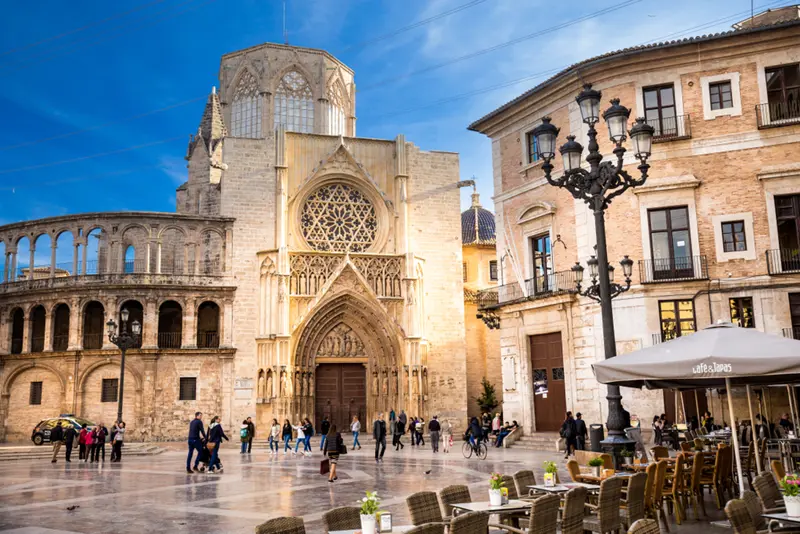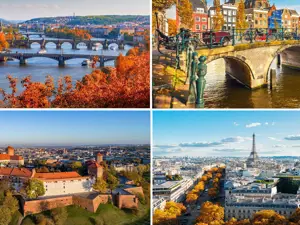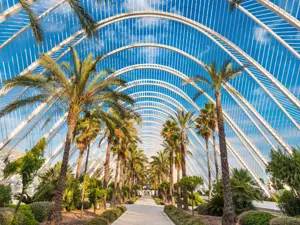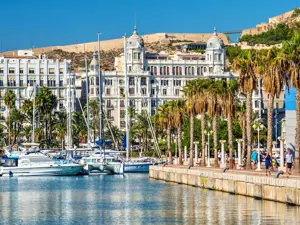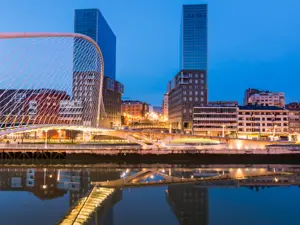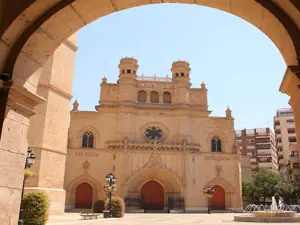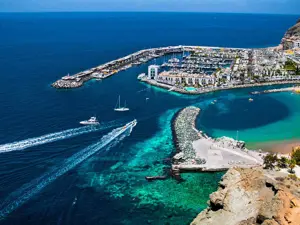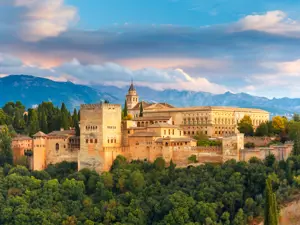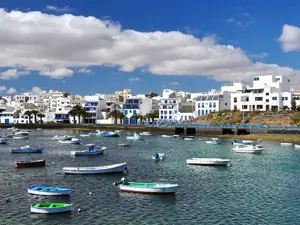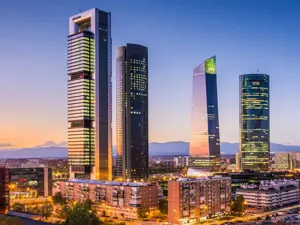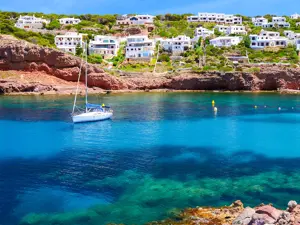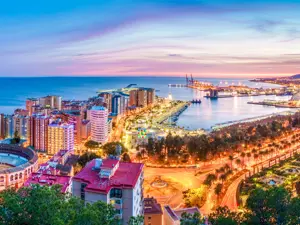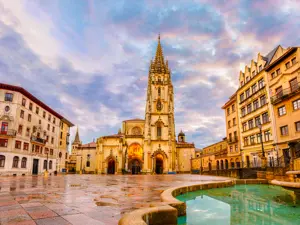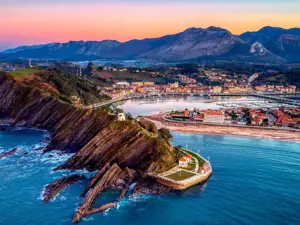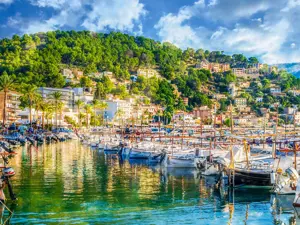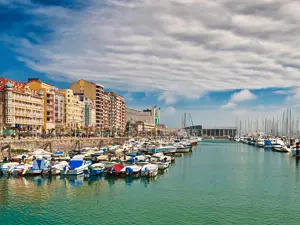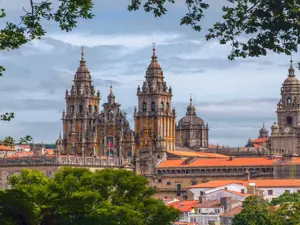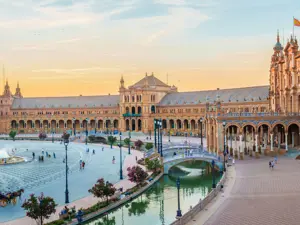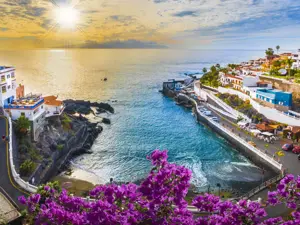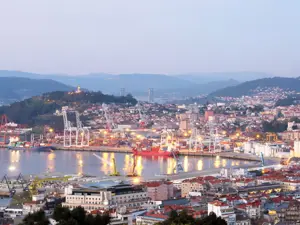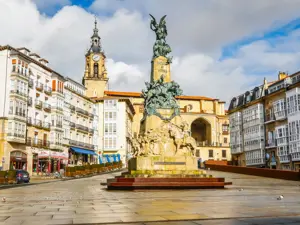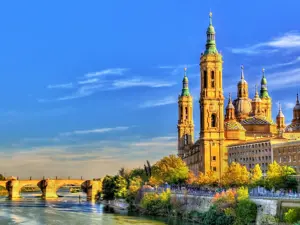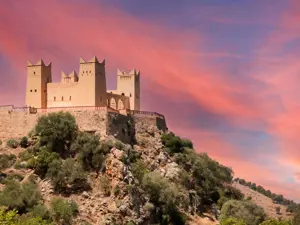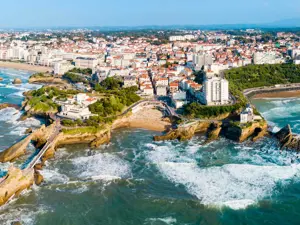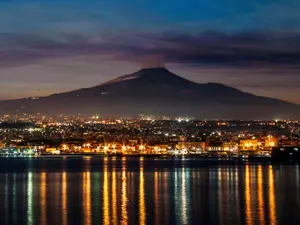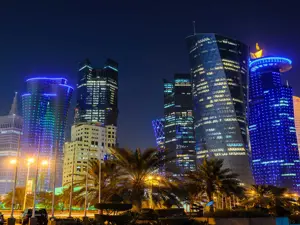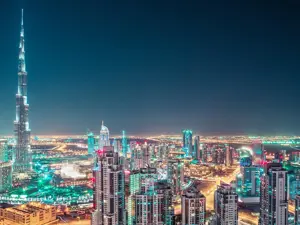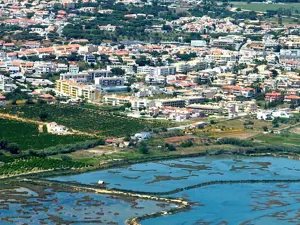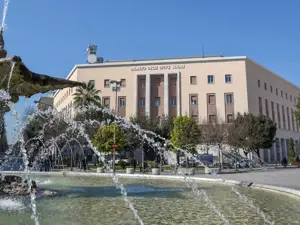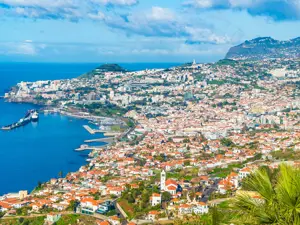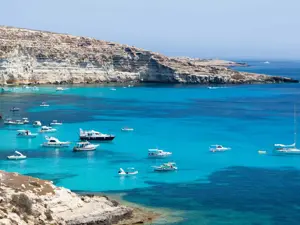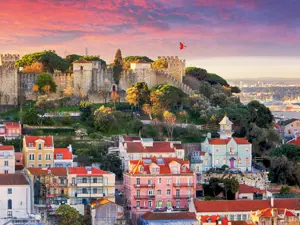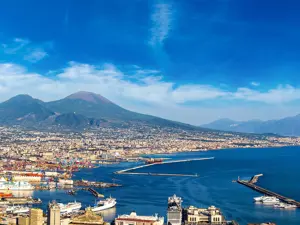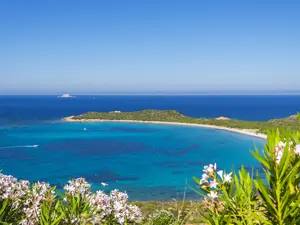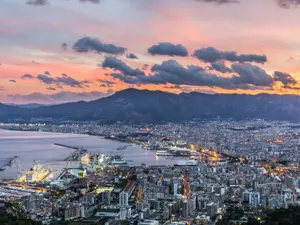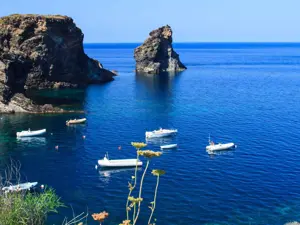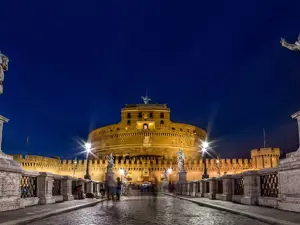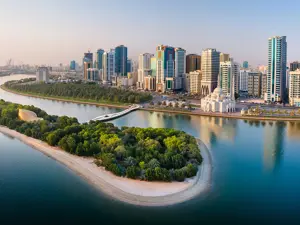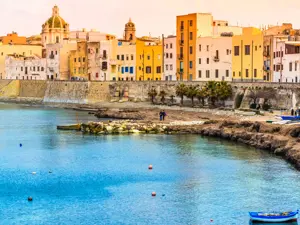The ideal place to start discovering Valencia is its old town. With a rich historical, cultural and architectural heritage, Valencia has been recognised by UNESCO for its ‘exceptional universal value’, which can be admired in the city’s three principal attractions: La Lonja de la Seda (Silk Exchange), the Tribunal de las Aguas and Las Fallas.
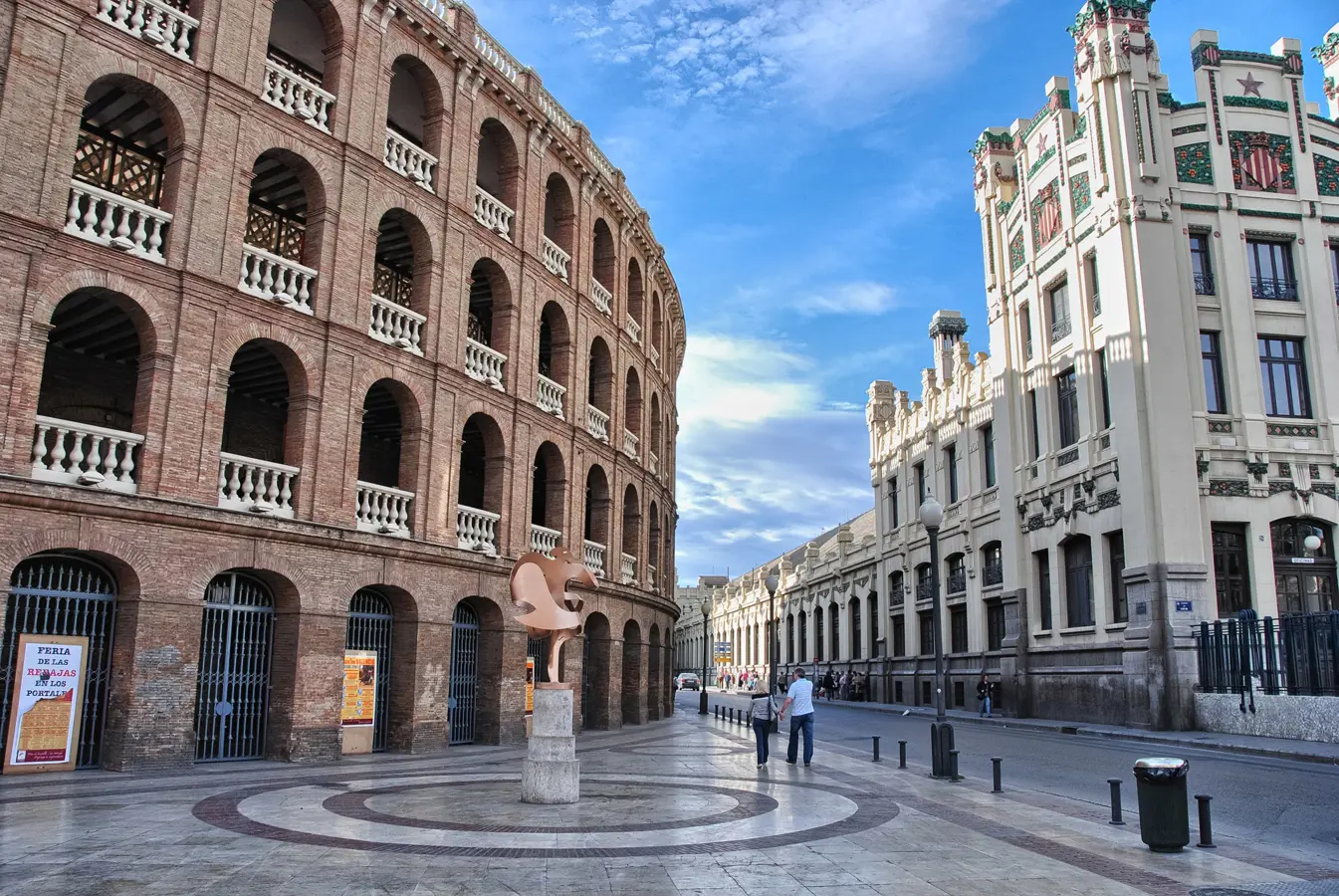
Valencia Photo: Copyright © Gagliardi Photography / Sisterscom.com / Shutterstock
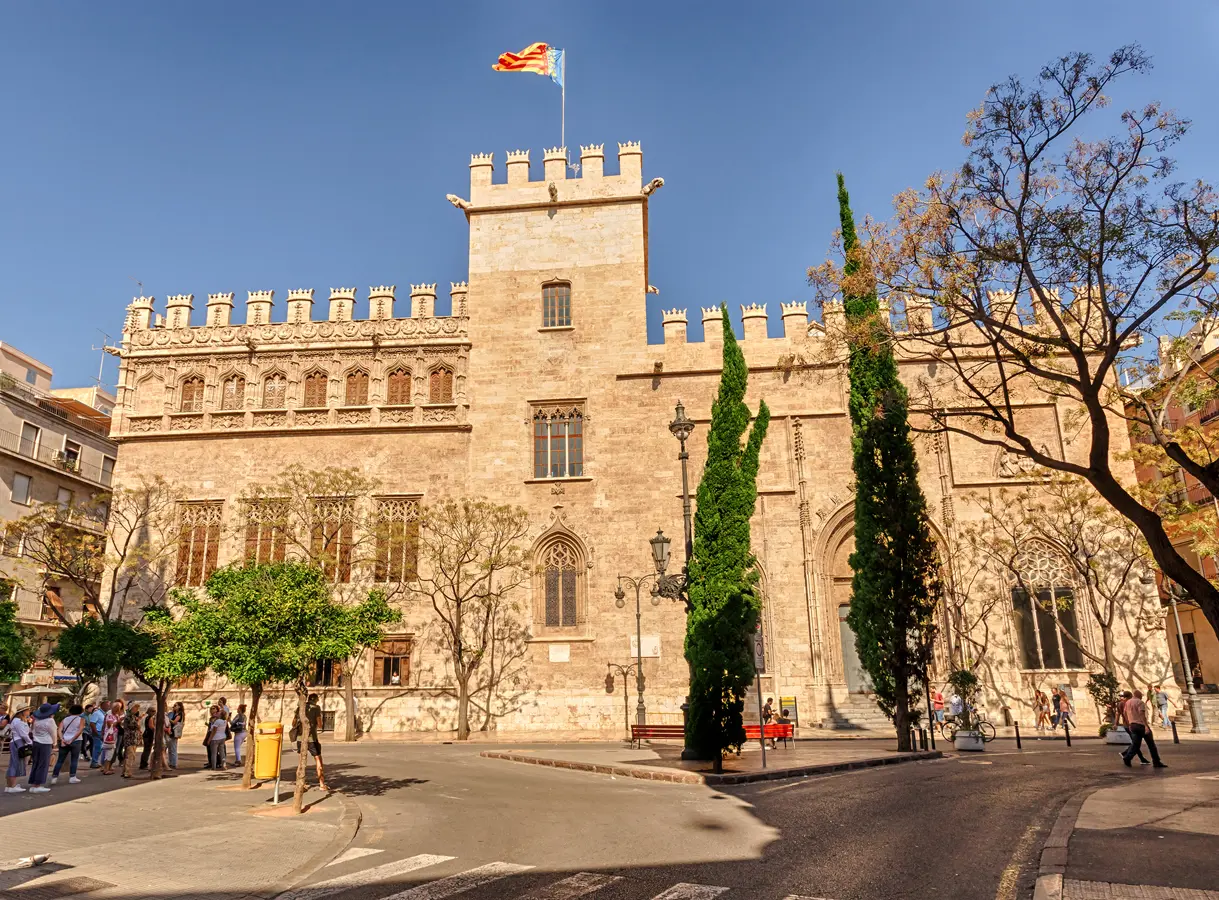
La Lonja de la Seda. Photo: Copyright © Sisterscom.com / Shutterstock

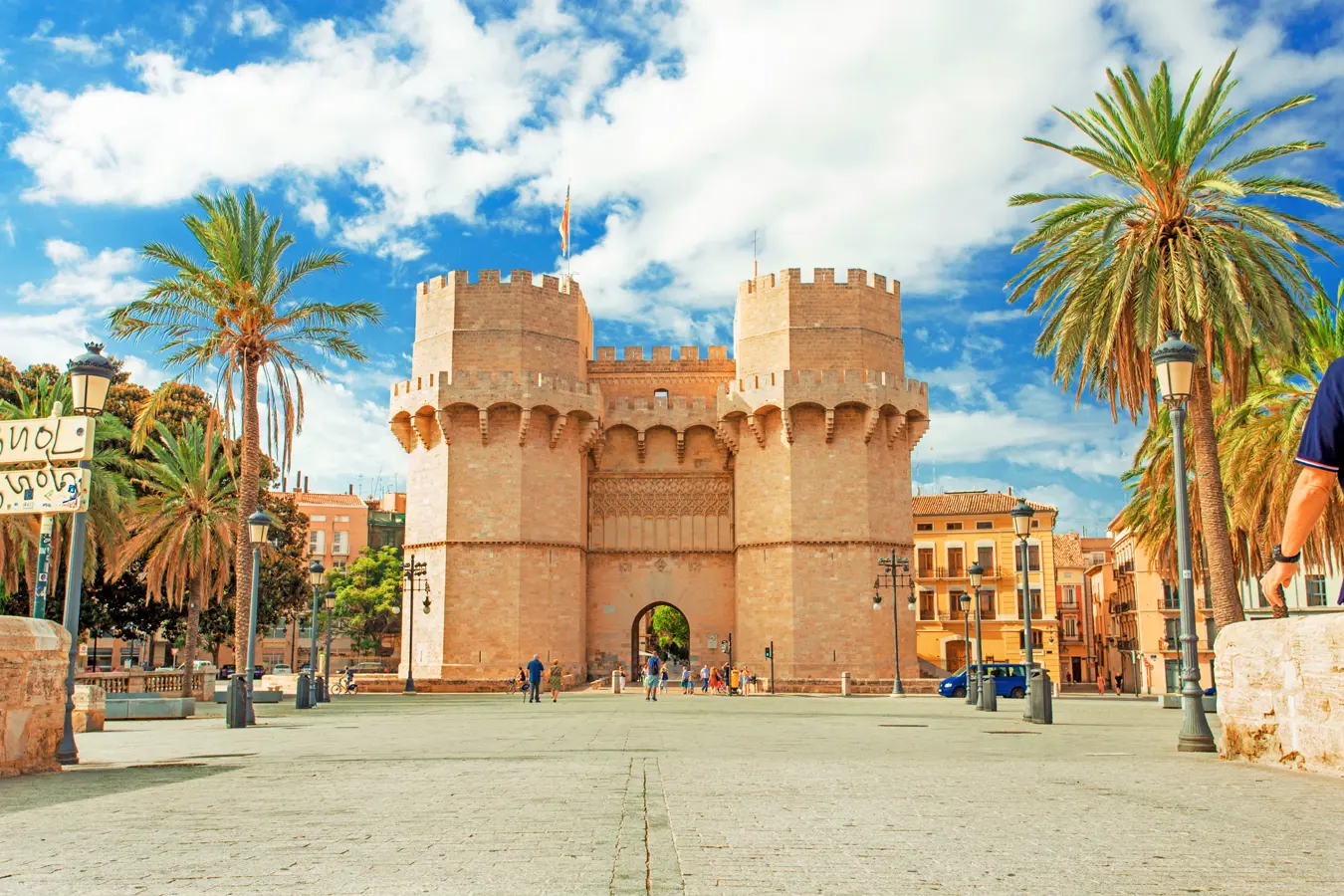
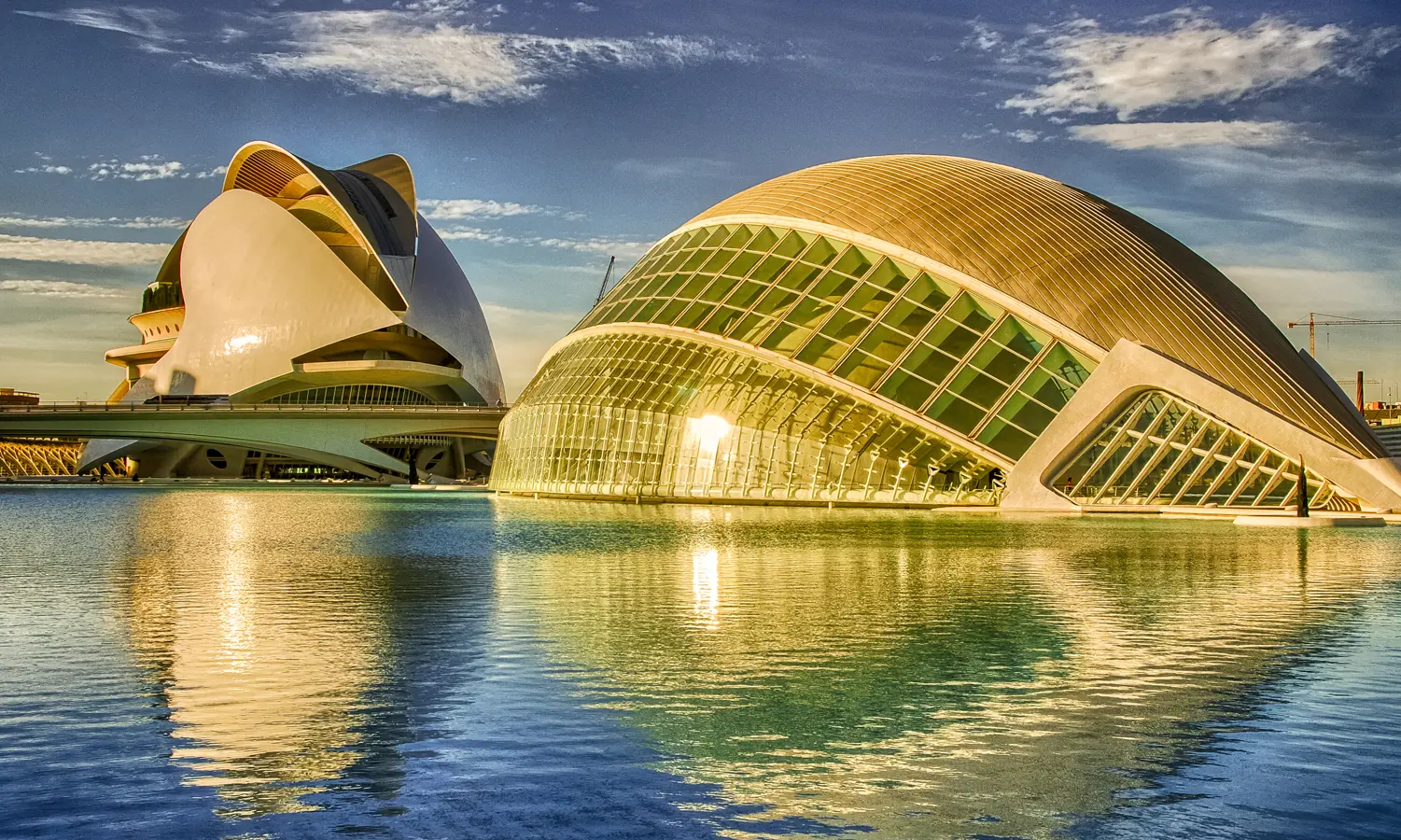
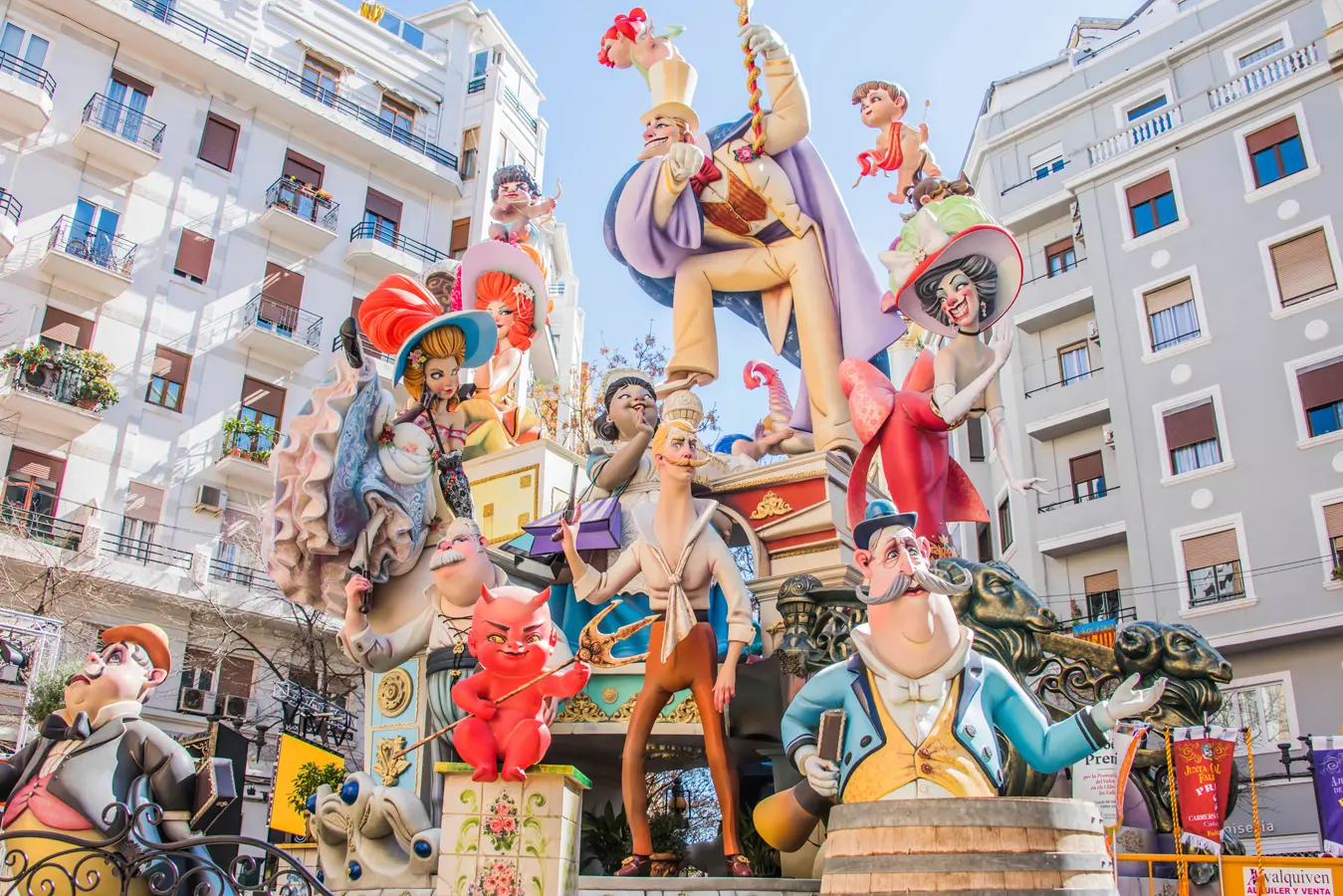
Las Fallas. Foto: Copyright © Woskresenskiy / Sisterscom.com / Shutterstock

The nightlife in Valencia is unique. It is as absorbing as the nightlife in Madrid and Barcelona, but more discrete, less obvious and showy. In order to get around, it is essential to understand the rhythms and know where to go, and when. The hub of the movida is not the same every night of the week. Each nightspot may be trendy one evening and decidedly less cool another. Don’t forget either that some places come alive only after 3.00 am.
The most crowded areas with bars, pubs and club are Cànovas, Barrio del Carmen (with more alternative and trendy places) and the Ciutat Universitaria, in particular along Avenida de Blasco Ibáñez and the roads around Plaza de Xuquer.
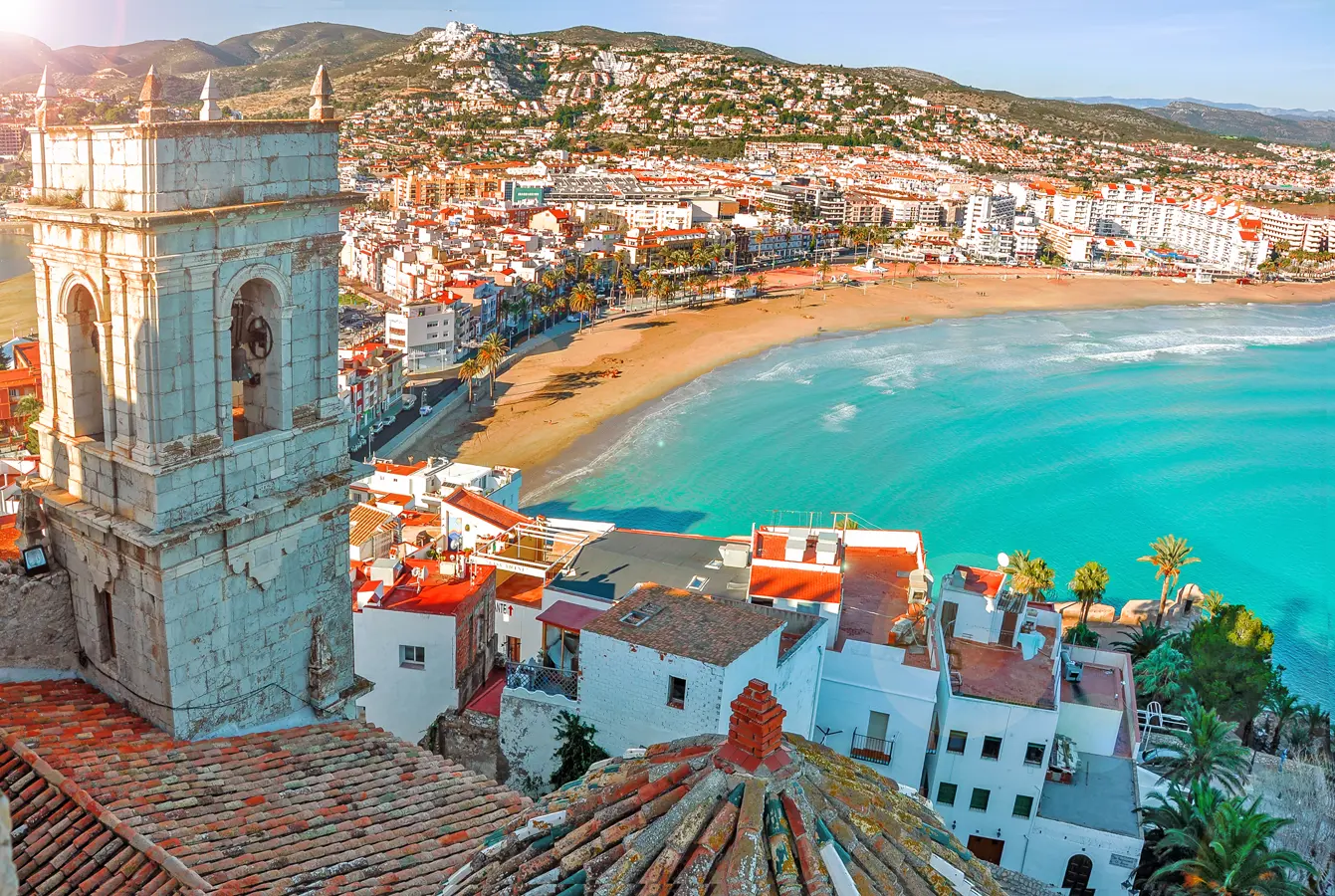
Beaches of Valencia. Photo: Copyright © Sisterscom.com / Shutterstock
The beaches of Las Arenas (El Cabanyal Beach) and La Malvarrosa are located just a few minutes from the centre of Valencia and can also be reached by public transport, bicycle or on foot. The sea promenade is the ideal place for leisure activities, where people can stroll, run, skate, sunbathe or enjoy the local food, including fresh fish soup, fish tapas or Valencia paella. The beach of La Malvarrosa is also known for the House-Museum of Vicente Blasco Ibáñez, a well-known writer from Valencia.
www.visitvalencia.com
www.spain.info
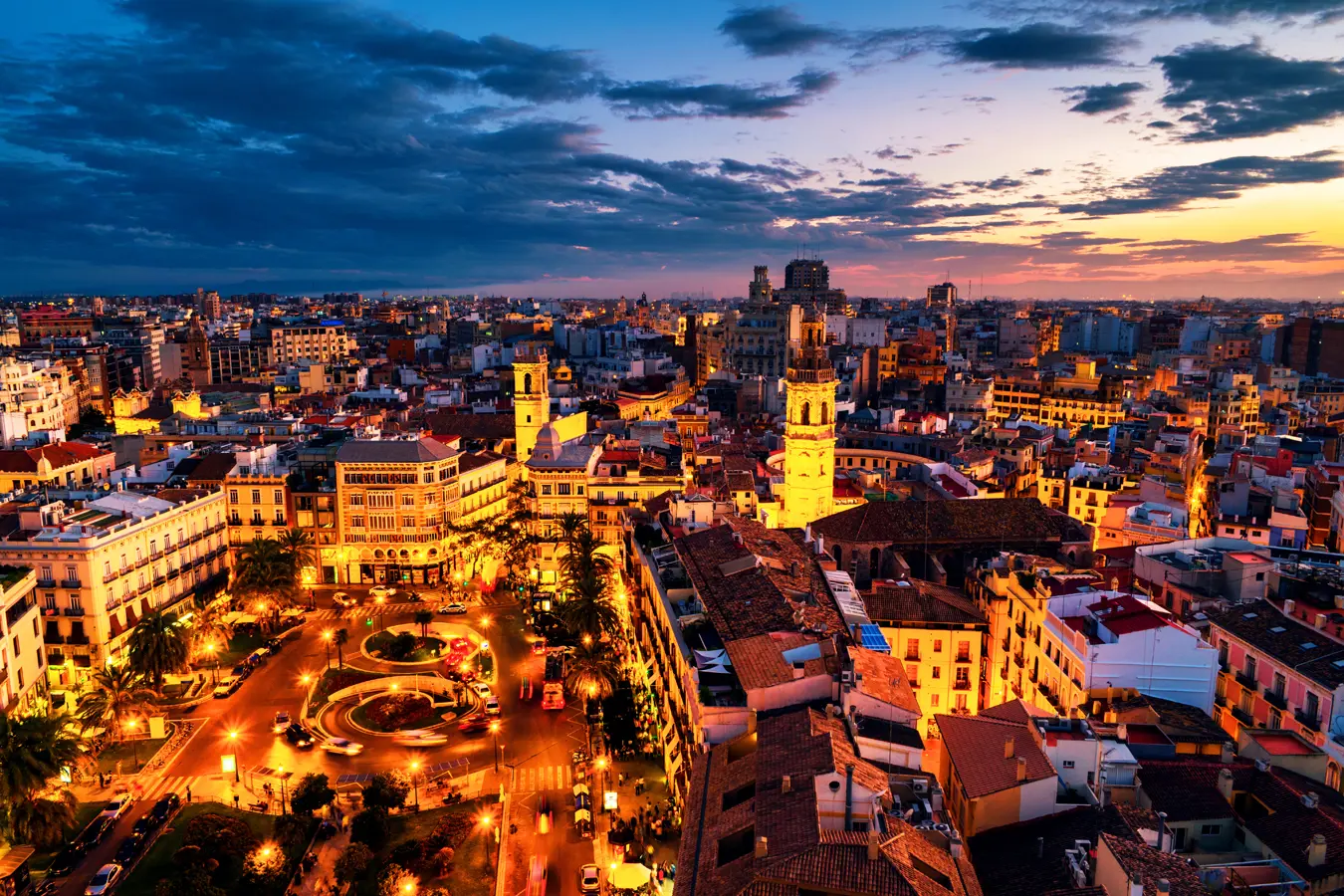
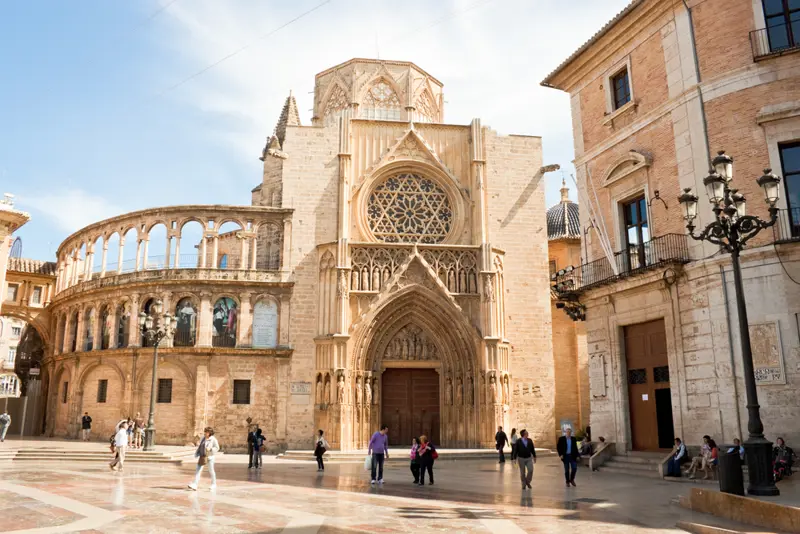
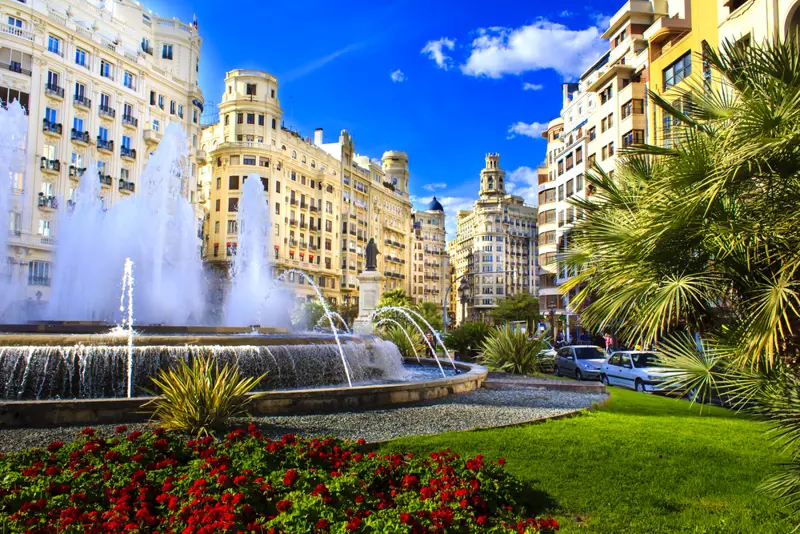
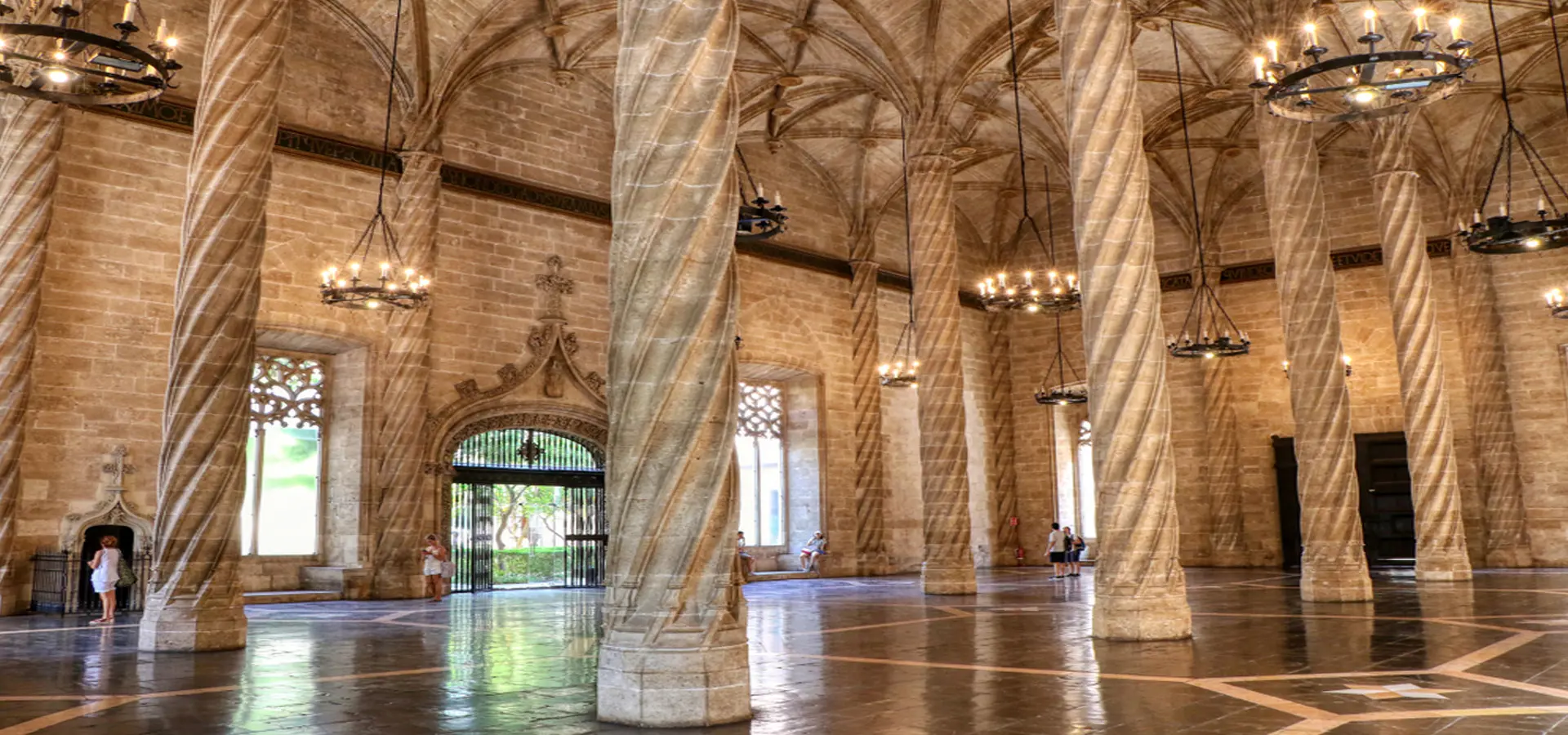

The Juan Carlos I Royal Marina is one of the city’s most important landmarks, not only due to the events that are held there, but also due to its unique buildings.
It houses the 19th Century Harbour Sheds, the Edificio del Reloj and the Veles and Vents building, the emblem of the new Marina. There are also a children’s park, the Superyachts Berthing with its amazing yachts, and the North and South Marinas, filled with numerous boats.
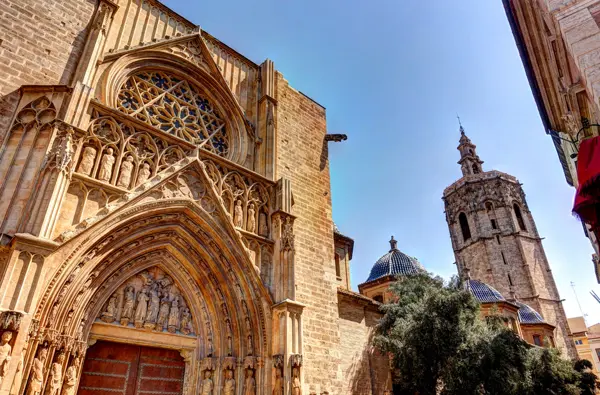
The Tribunal de Las Aguas meets outside the Door of the Apostles in the Plaza de la Virgen, every Thursday, keeping alive a one thousand year old tradition; is the only legislative structure established by Jaime I which still functions. Made up of eight farmers has made the Tribunal world famous and it has been used as a model for other institutions. Efficient and quintessentially Valencian, the Tribunal de las Aguas meets in front of an interested public which often includes young university students as well as tourists.
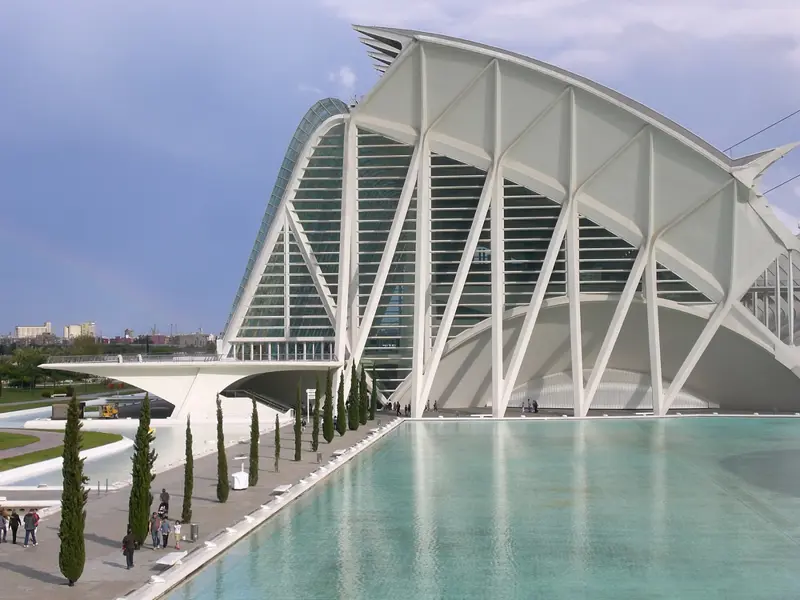
This great 21st century museum allows visitors to learn about the evolution of life, science, and technology in an educational, interactive and enjoyable way. It is surrounded by 13,500 square metres of water curtains. Interaction is the main feature of the Príncipe Felipe Science Museum, which bears the slogan: “It is prohibited not to touch, not to feel, not to think”. The museum thus becomes a real educational tool, able to reactivate the public’s critical abilities.
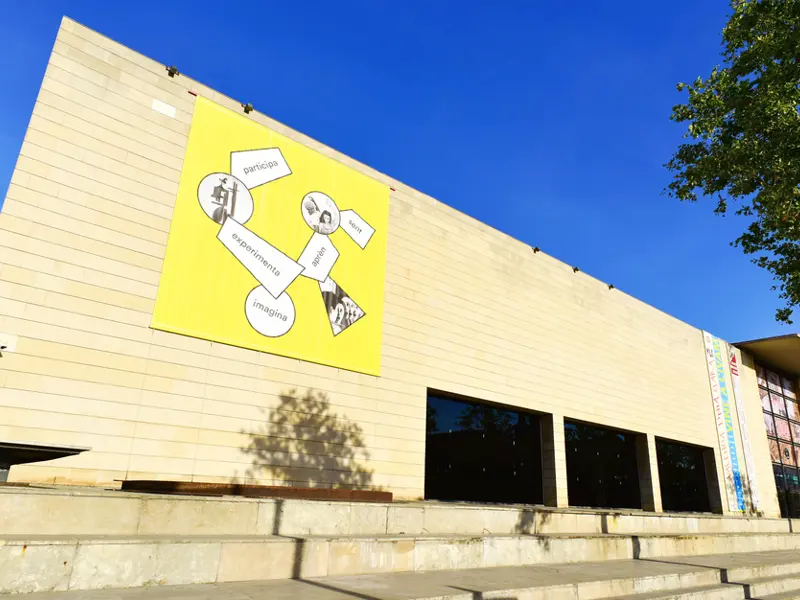
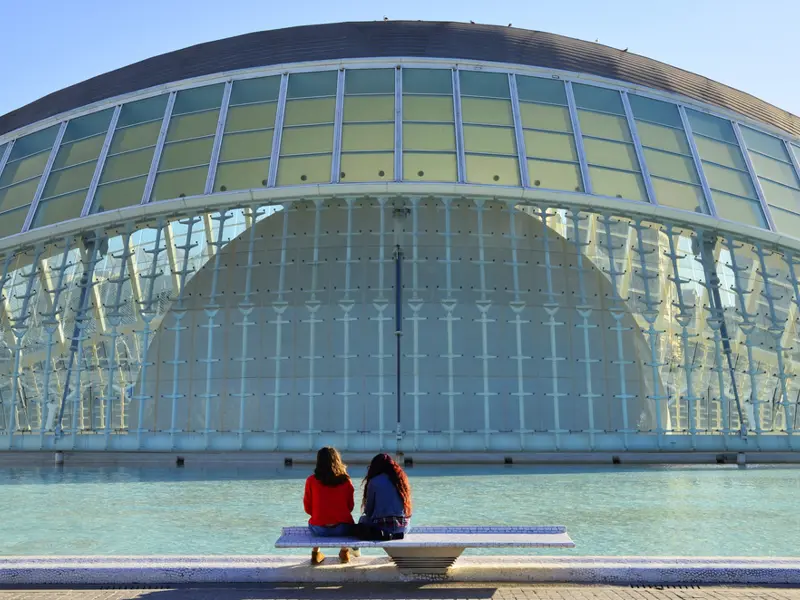
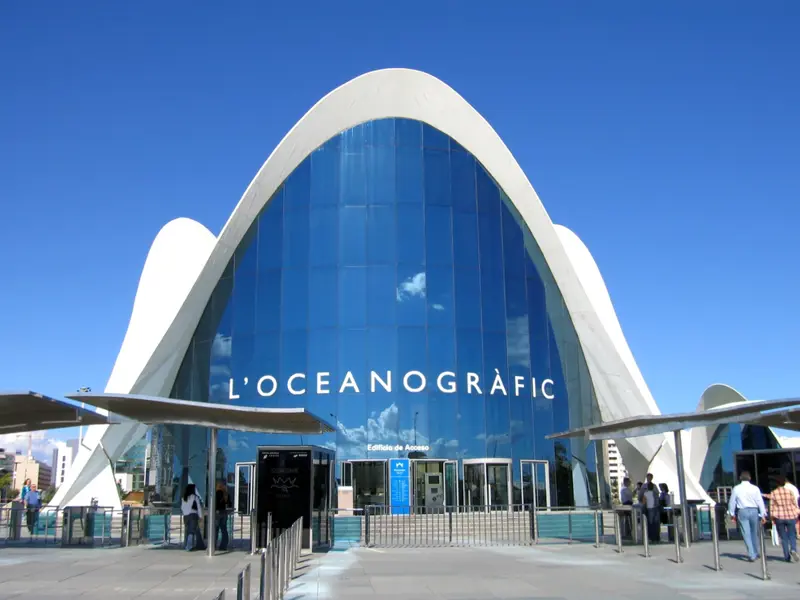
This is the largest aquarium in Europe, with the capacity to house 45,000 living creatures from 500 different species. The Oceanogràfic is made up of different buildings, housing examples of the most important ecosystems from each of the planet's seas and oceans. In the centre of the complex is located the Underwater Restaurant, that is the most emblematic building of the Oceanogràfic, given the peculiarity of its roof. Furthermore, in the Oceanogràfic we find the Education and Research Building, the Area for the Recovery and Conservation of Marine Fau, the Access Building, as well as shops.
